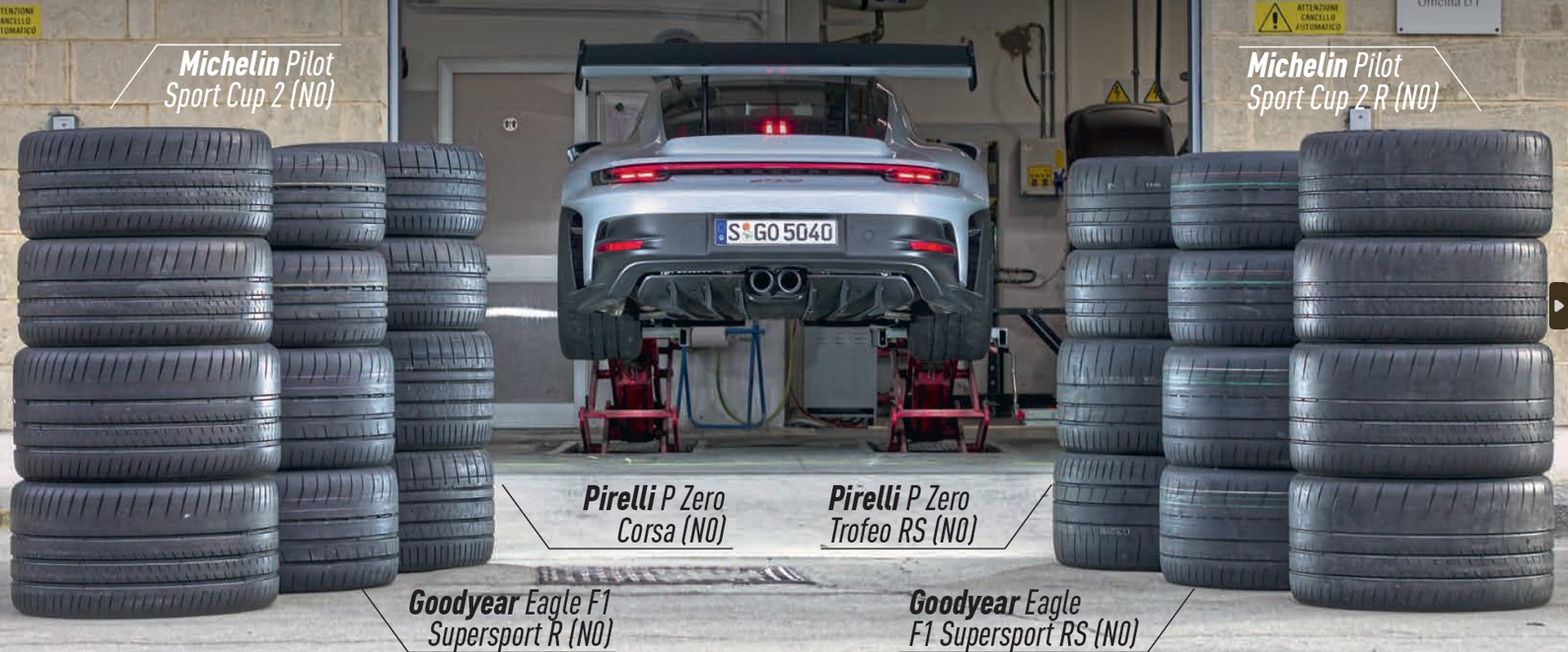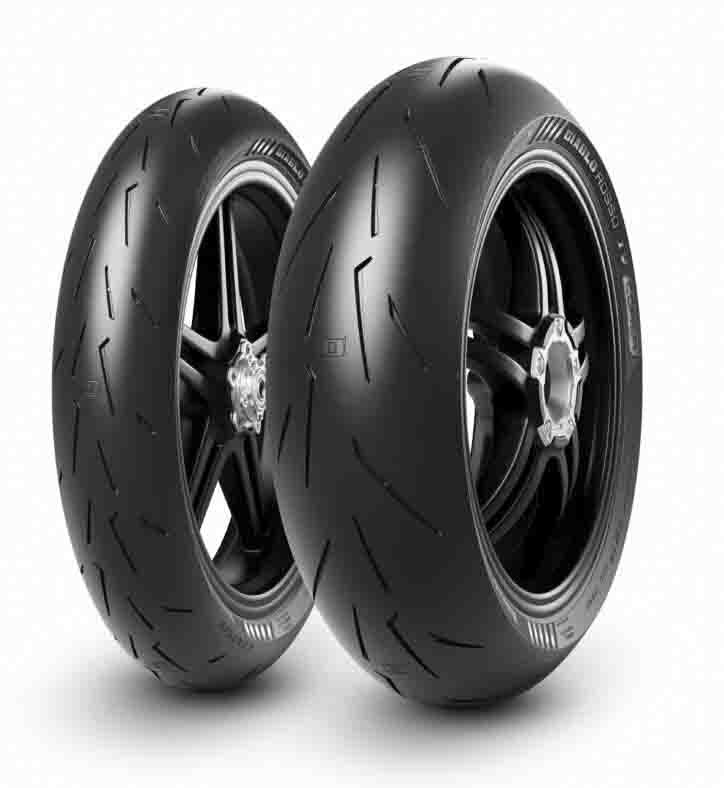All Categories
Featured
Table of Contents
I had the ability to get 100 hours out of one of these tires, and while it had absolutely no tire lugs left on it, the soft compound made it function extremely wellas long as I was using a soft mousse. Kitt Stringer photo Easy placing - 3Wear - 3Sidewall strength - 3Performance on roots - 4Performance on wet rocks - 2Traction on dust - 5Cornering capacity - 4Traction while braking - 4Self-clearing of dirt and mud - 3Performance in mud - 3Overall predictability or tracking - 3 _ 37 Final thought: This is a good well-rounded tire with excellent worth for money.

The wear corresponded and I like the length of time it lasted and exactly how consistent the feel was during usage. This would additionally be an excellent tire for faster races as the lug dimension and spacing bit in well on quick terrain. Kitt Stringer image Easy mounting - 3Wear - 3Sidewall stamina - 3Performance on roots - 4Performance on wet rocks - 4Traction on dust - 4Cornering capacity - 4Traction while stopping - 5Self-clearing of dirt and mud - 4Performance in mud - 4Overall predictability or tracking - 4_42 Final thought: I liked this tire a lot.
If I needed to buy a tire for hard enduro, this would remain in my leading selection. Easy installing - 3Wear - 3Sidewall stamina - 3Performance on roots - 4Performance on wet rocks - 3Traction on dirt - 4Cornering ability - 3Traction while stopping - 3Self-clearing of dirt and mud - 4Performance in mud - 4Overall predictability or tracking - 3 _ 34 Final thought: This tire was really soft and flexible.
All the gummy tires I evaluated performed rather close for the initial 10 hours or two, with the victors mosting likely to the softer tires that had far better traction on rocks (Tyres). Purchasing a gummy tire will absolutely provide you a strong advantage over a normal soft substance tire, yet you do spend for that benefit with quicker wear
Tyre Rotation Services
Best value for the cyclist who wants decent performance while getting a reasonable quantity of life. Best hook-up in the dust. This is a suitable tire for springtime and fall problems where the dust is soft with some moisture still in it. These proven race tires are terrific all about, yet wear quickly.
My general champion for a hard enduro tire. If I needed to invest money on a tire for daily training and riding, I would choose this.
Tyre Safety (Marangaroo)
I have actually been running a set of Michelin Power Pilot 2CT's on my track Daytona 675 for the past year. In that time I have done 15 track days in all climates from cold wet to super hot and these tyres have never ever missed out on a beat. Tyre sales. I've done nearly 2,000 miles (3,200 kilometres) on them and as you can see from this shot of the front taken after initial session of my 15th track day on them, they still have rather a great deal of rubber left on them
In brief the 2CT is an impressive track day tyre. If you're the sort of biker that is most likely to encounter both damp and completely dry conditions and is beginning on track days as I was in 2014, then I believe you'll be hard pushed to locate a far better value for money and qualified tyre than the 2CT; a set of which will certainly establish you back around 185 (US$ 300) in the UK.
Creating a far better all round road/track tire than the 2CT should have been a hard task for Michelin. The outcome of that initiative is the Michelin Pilot Power 3 which basically replaces the Pure. Don't confuse this new tire with the road going Pilot Roadway 3 which is not developed for track usage (although some bikers do).
They motivate substantial self-confidence and give incredible hold levels in either the wet or the dry. When the Pilot Power 3 launched, Michelin recommended it as a 50:50% road: track tire. That message has actually lately altered because the tires are now suggested as 85:15% roadway: track usage rather. All the cyclist reports that I've reviewed for the tyre price it as a much better tire than the 2CT in all areas but especially in the damp.
Honest Tyre Repair Near Me (Marangaroo)
Technically there are many distinctions in between both tires despite the fact that both make use of a twin substance. Aesthetically you can see that the 2CT has fewer grooves reduced into the tyre but that the grooves go to the edge of the tyre. The Pilot Power 3 has more grooves for better water dispersal however these grooves don't get to the shoulder of the tire.
One element of the Pilot Power 3 which is different to the 2CT is the new 2CT+ innovation which prolongs the harder center section under the softer shoulders (on the back tyre). This must give a lot more stability and decrease any "wriggle" when increasing out of corners regardless of the lighter weight and more adaptable nature of this brand-new tyre.

Although I was a little suspicious concerning these reduced stress, it transformed out that they were fine and the tyres done truly well on the right track, and the rubber looked better for it at the end of the day. Equally as a point of recommendation, various other (rapid group) motorcyclists running Metzeler Racetecs were using tire pressures around 22-24 psi for the back and 24-27 psi on the front.
Coming up with a much better all rounded road/track tire than the 2CT have to have been a tough job for Michelin. The result of that initiative is the Michelin Pilot Power 3 which basically replaces the Pure. Don't puzzle this brand-new tyre with the roadway going Pilot Roadway 3 which is not designed for track use (although some cyclists do).
Honest Low-cost Tyres Near Me
When the Pilot Power 3 introduced, Michelin suggested it as a 50:50% road: track tire. All the rider reports that I've checked out for the tire price it as a much better tire than the 2CT in all areas yet particularly in the wet.

Technically there are rather a few distinctions between the two tires also though both make use of a double compound. Visually you can see that the 2CT has fewer grooves cut into the tire however that the grooves run to the edge of the tyre. The Pilot Power 3 has more grooves for far better water dispersal yet these grooves do not get to the shoulder of the tire.
One element of the Pilot Power 3 which is different to the 2CT is the new 2CT+ technology which extends the harder center section under the softer shoulders (on the rear tyre). This ought to provide a lot more security and minimize any kind of "wriggle" when increasing out of edges despite the lighter weight and more adaptable nature of this brand-new tire.
I was a little uncertain about these lower pressures, it transformed out that they were great and the tires done actually well on track, and the rubber looked much better for it at the end of the day - Tyre balancing. Equally as a point of referral, various other (fast group) cyclists running Metzeler Racetecs were utilizing tire stress around 22-24 psi for the rear and 24-27 psi on the front
Latest Posts
Tyre Rotation Services
All-season Tyres – Lockridge
Affordable Cost-effective Car Tyres